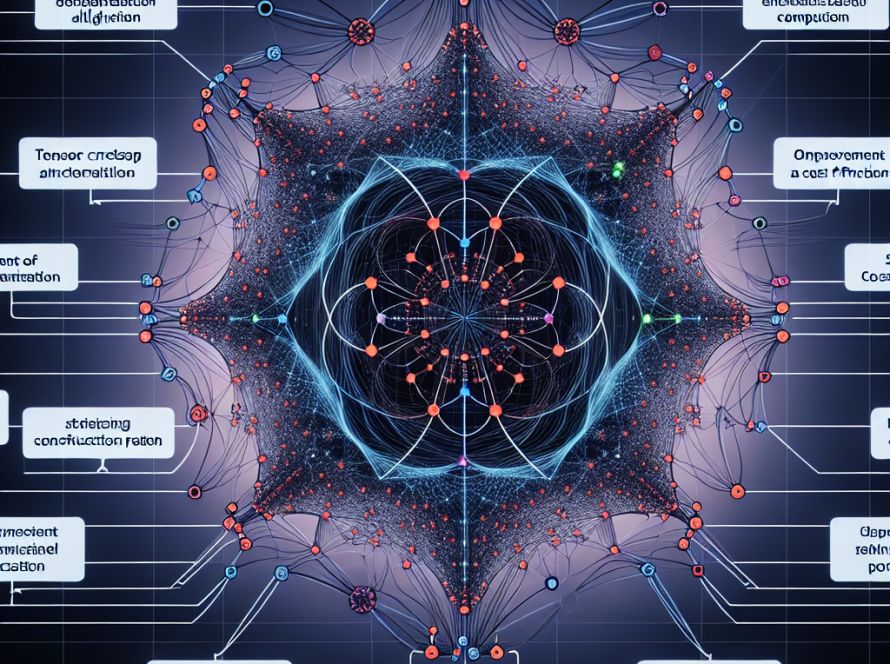GoogleAI researchers have developed a new tool called DIDACT (Dynamic Integrated Developer ACTivity) to help developers resolve build errors more efficiently. The tool uses machine learning (ML) technology to automate the process of identifying and rectifying build errors, focusing specifically on Java development. Build errors, which range from simple typos to complex problems like generics or template errors, can be incredibly time-consuming and complex for developers to amend.
The DIDACT tool was built to predict patches to fix build errors and suggest them to developers. It does this using resolution sessions, which are essentially chronological sequences that capture the journey of a code from the instance a build error occurs to its final resolution. The tool generates these fix suggestions based on the particular state of architecture at the time of the error and the subsequent fix. Crucially, developers can receive these suggestions in real time, meaning that they can take immediate action.
At its most basic, the tool works by taking the current code and build errors as input. It then provides a patch with a confidence score as input. There are additional post-processing stages, such as auto-formatting and heuristic filters, to guarantee the quality and safety of the suggested fixes. GoogleAI has also conducted extensive experiments to evaluate the effectiveness of DIDACT which suggest a statistically significant improvement in productivity. These results included a decrease in active coding time per change-list, a decrease in shepherding time per change-list, and an increase in change-list throughput. Interestingly, there was no observable increase in safety risks or bugs when the ML-generated fixes were applied, proving the safety and efficacy of this method.
In sum, the DIDACT tool represents an incredibly powerful solution to tackling the relentless issue of build errors in developers’ work. It achieves this by using machine learning technology to automize the build error repair process. By using historical data and offering real-time suggestions in the Integrated Development Environment (IDE), GoogleAI’s DIDACT tool has allowed developers to mend build failures more efficiently. This leads to an increase in both productivity and overall satisfaction. Furthermore, the tool enables developers to focus on more creative aspects of software development. Thus, DIDACT is one of GoogleAI’s most promising answers to overcoming developer toil related to fixing build errors.


